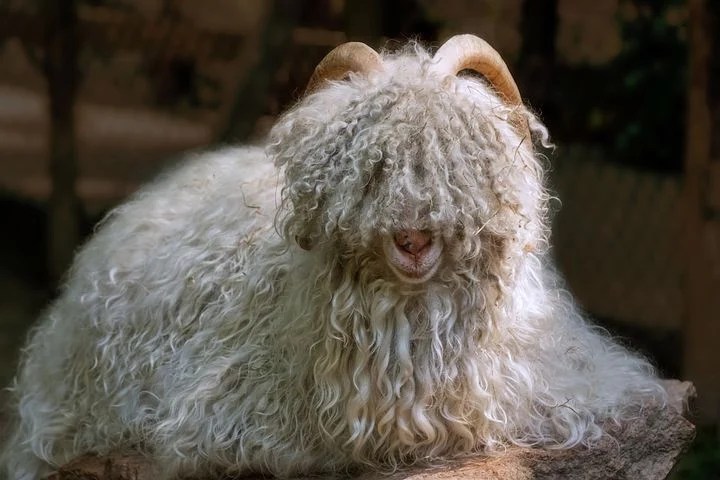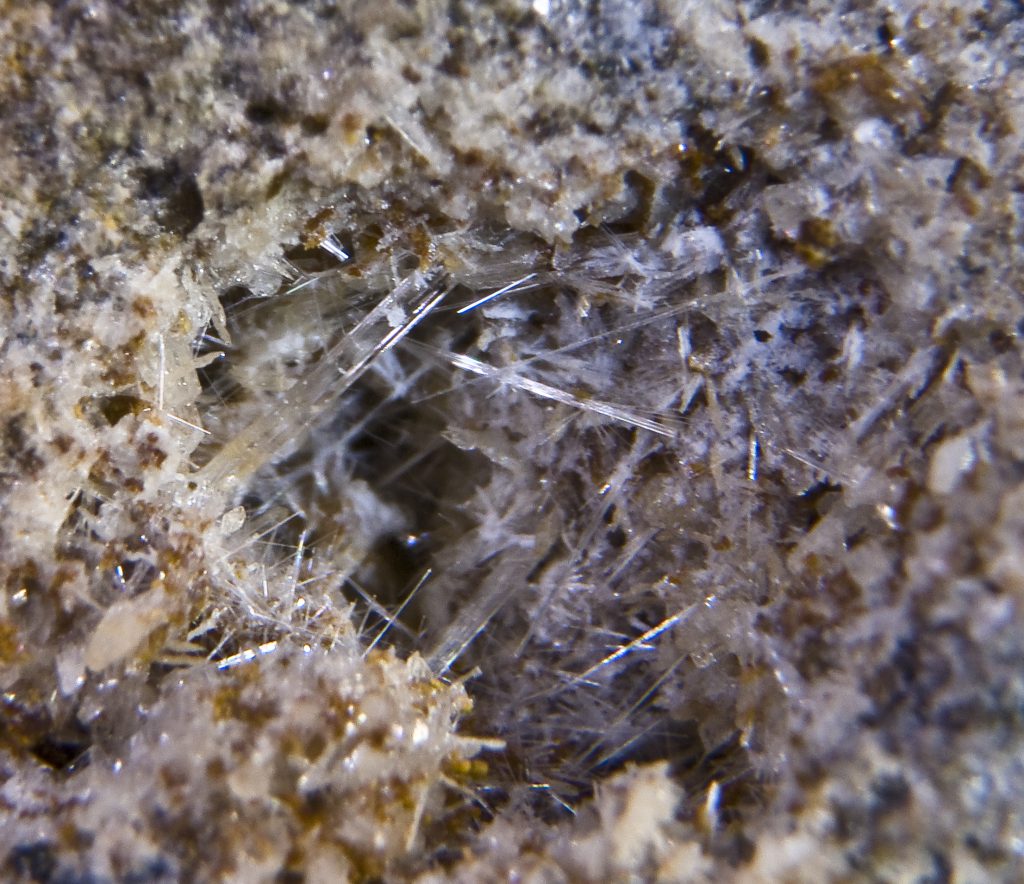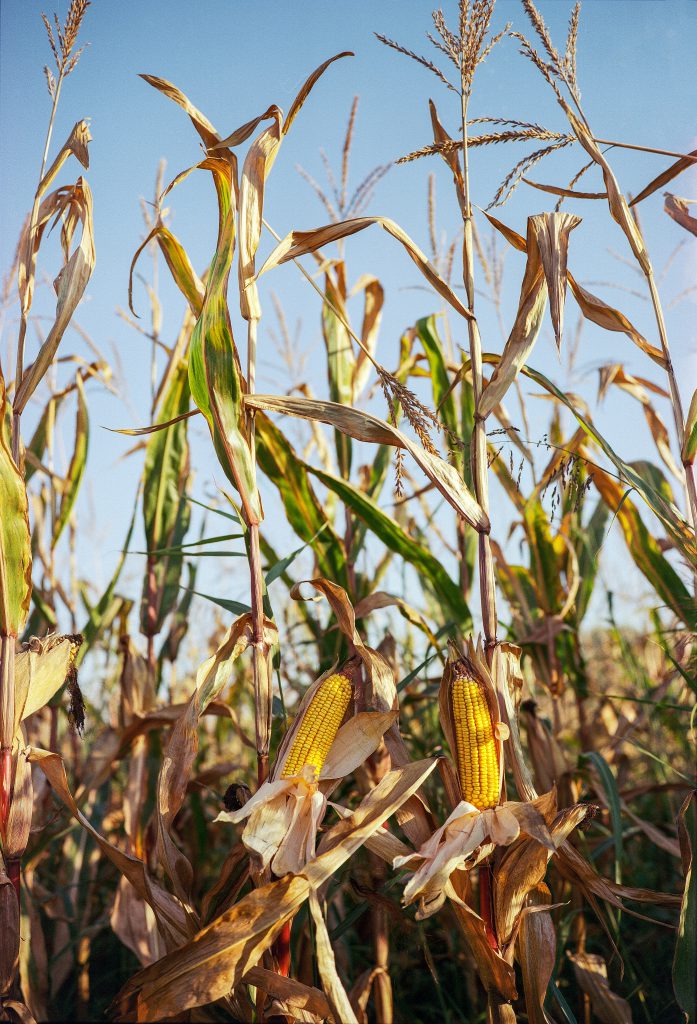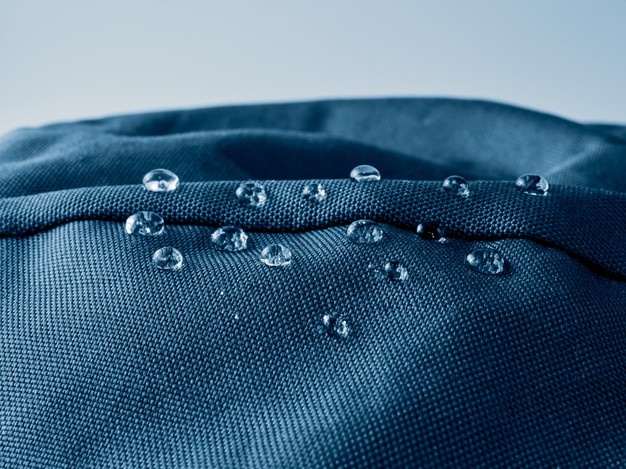Inorganic synthetic
Fibers of inorganic synthetic origin come from minerals chemically modified to produce filaments.
Their common characteristics are their very high tensile strength, fire resistance, shock resistance and chemical resistance.
These fibers are mainly used in markets such as aeronautics or aerospace for their very high resistance quality, often as reinforcement for composites.
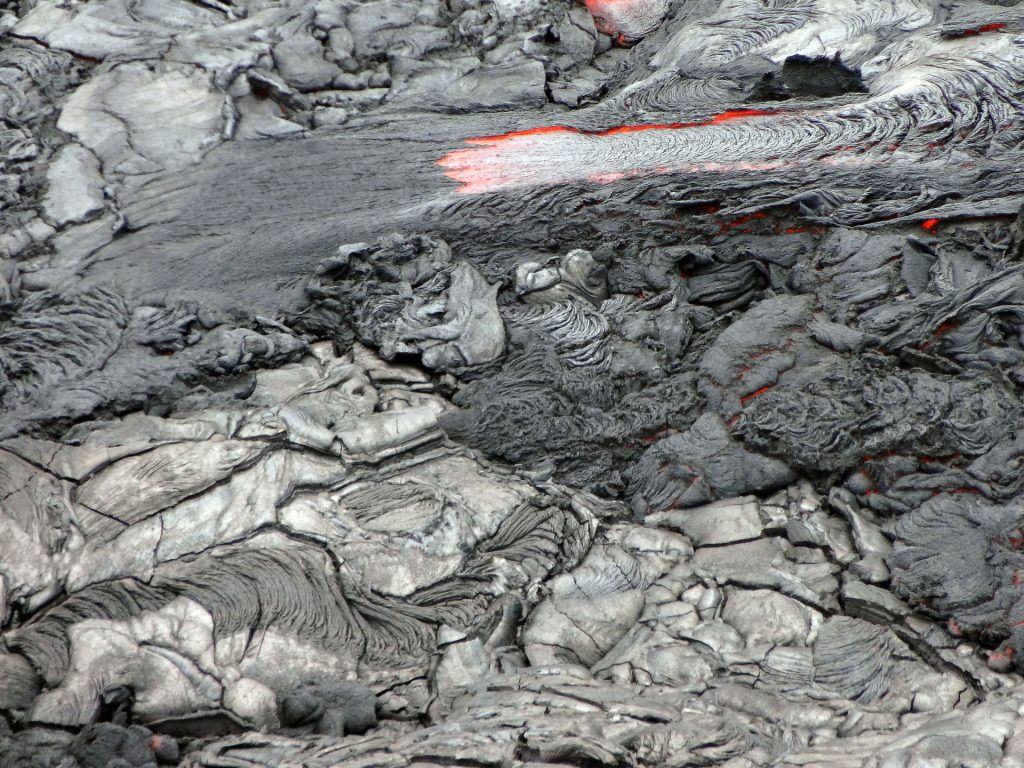
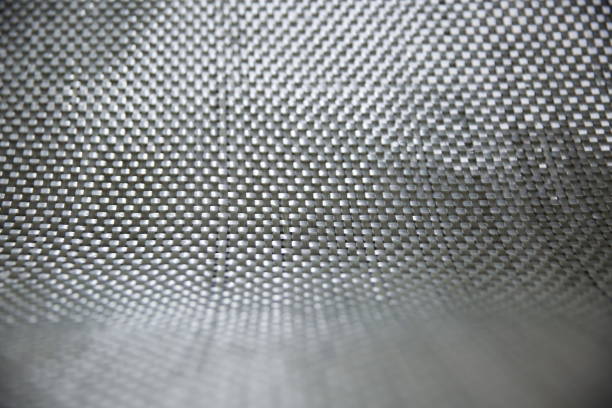
Glass
- Origin :
Inorganic synthétic.
- Implementation :
Composed of sand (silica) and additives (alumina, carbonate of lime, magnesia, boron oxide) spun and drawn.
- Location :
France, USA, China, Egypt.
- Filaments :
Filaments of variable length and from 9 to 13 µm in diameter.
- Use :
Composites, nonwovens, aeronautic, nautic, building, transports, sports equipment, industry.
- Features :Resistance to chemical agents, anti-shocks, heat resistant, compression resistant, breaking resistance, anti-abrasion, thermal insulation, acoustic insulation, electrical insulation, filtering, fireproof, hydrophobic, dimensionally stable, rot-proof
- Weaknesses :
Not very elastic, brittle.
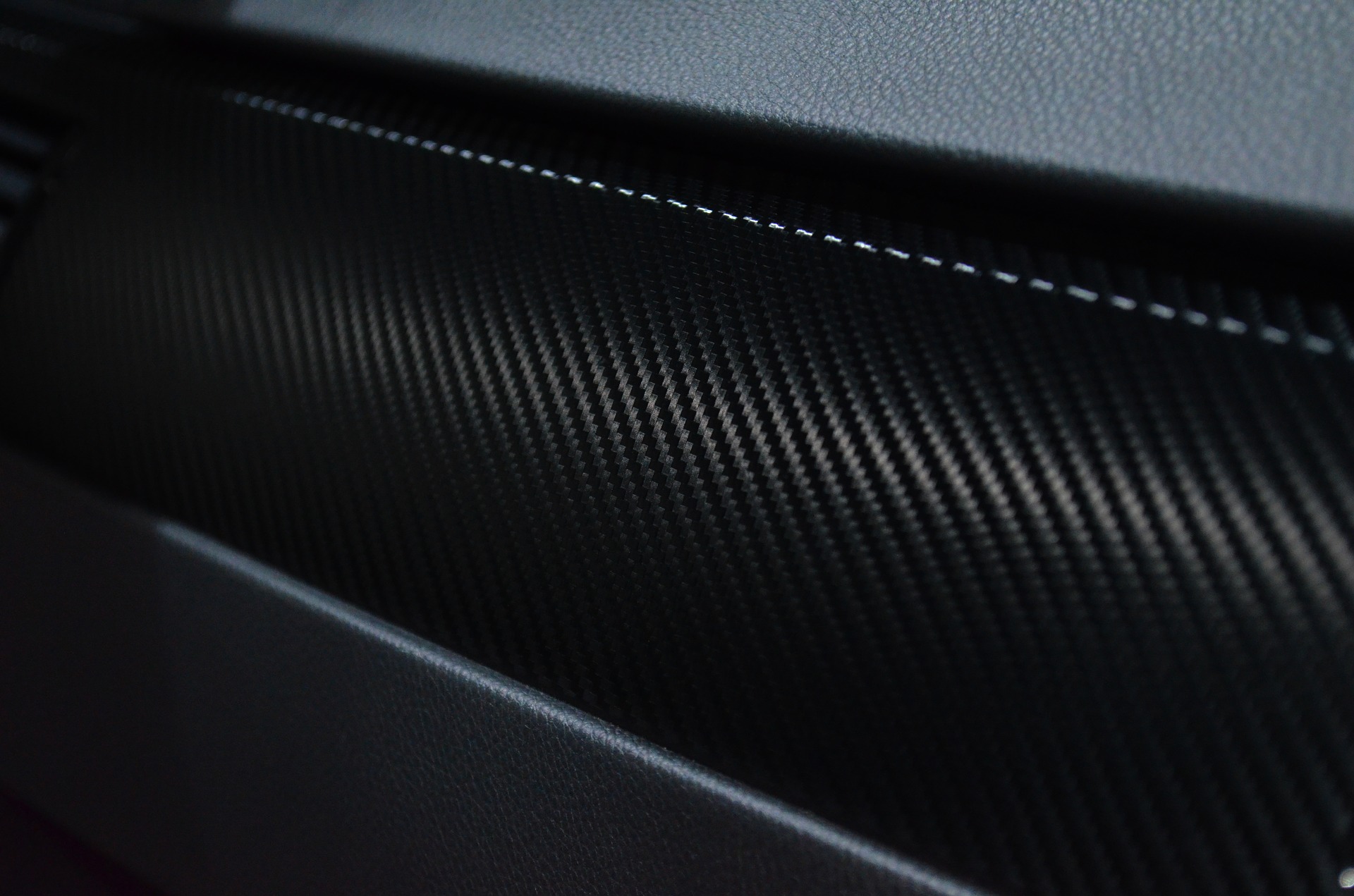
Carbon
- Origin :
Inorganic synthétic.
- Implementation :
Produced by oxidation and carbonization of PAN (polyacrylonitrile) fibers, or by pyrolysis of BRAI (coal or petroleum distillation residues) fibers. Carbon atoms aligned in parallel in the axis of the fiber.
- Location :
Japan, USA.
- Filaments :
Continuous filaments or short fibers of 5 to 15 µm in diameter.
- Use :
Composites, building, aeronautic, nautic, sports equipment, automotive.
- Features :Heat resistant, breaking resistance, compression resistant, conductive, fireproof
- Weaknesses :
Poor abrasion resistance, conductive, potentially toxic by skin or respiratory tract during processing.
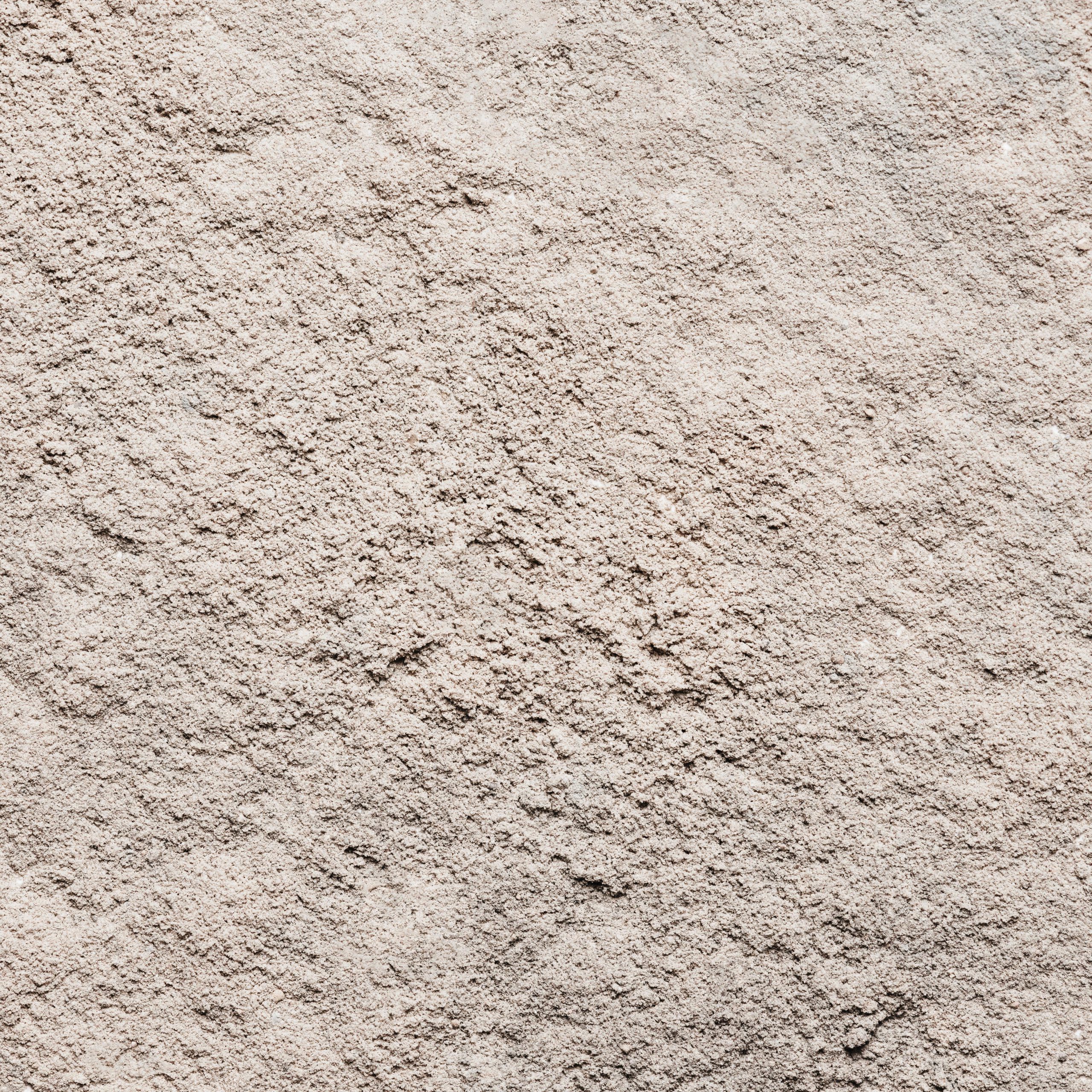
Ceramic
- Origin :
Inorganic synthétic.
- Implementation :
Cast alumina, silica and boron oxide.
- Location :
Germany, China, Poland, Italy, USA, Australia, South Africa.
- Filaments :
Continuous filaments of 1 to 3 µm in diameter.
- Use :
Composites, building, safety, transports, aerospace, automotive.
- Features :Heat resistant, electrical insulation, thermal insulation, resistance to chemical agents, fireproof, filtering, dimensionally stable, hydrophobic
- Weaknesses :
Limited production, carcinogenic risks.
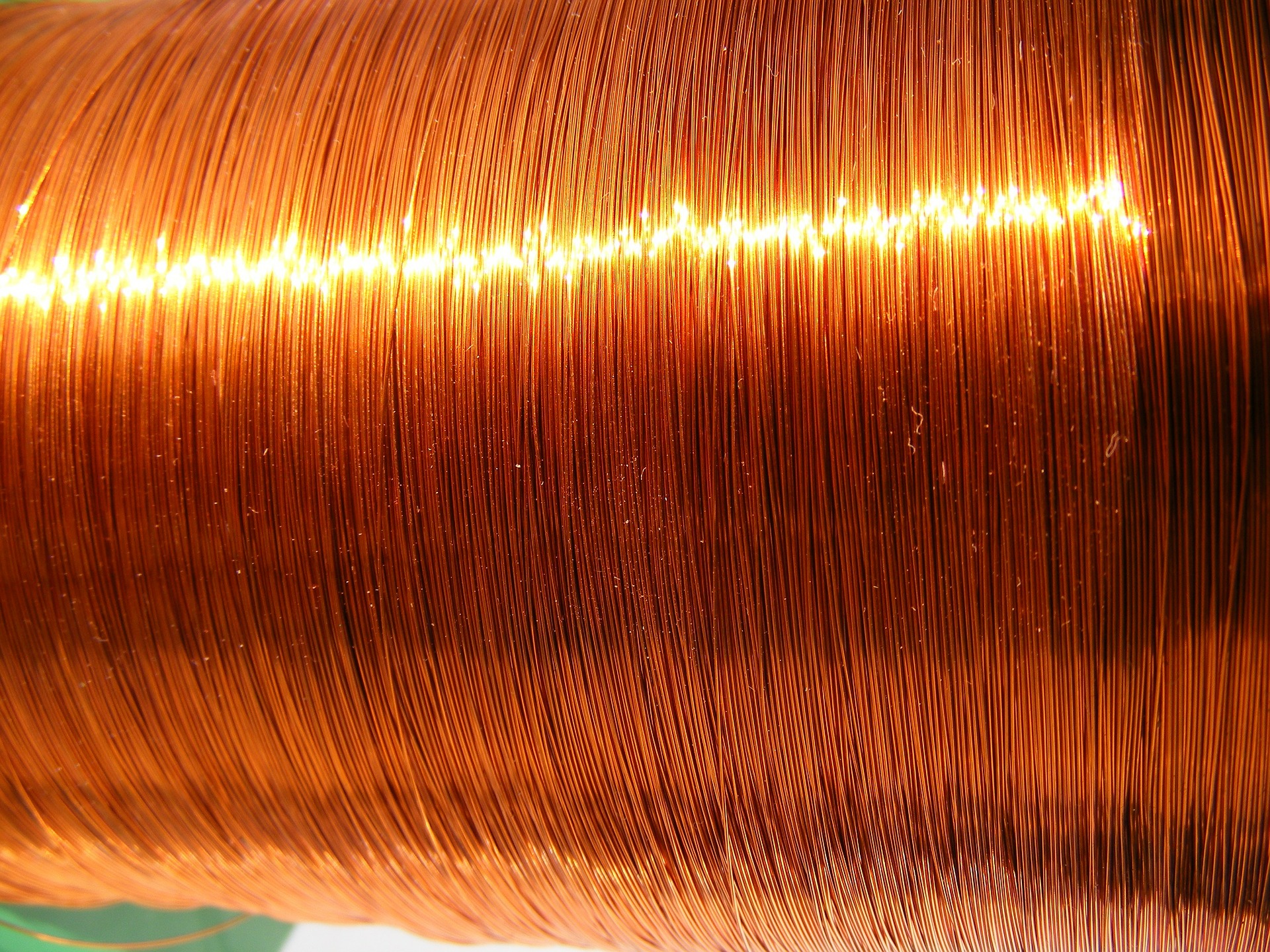
Metals
- Origin :
Inorganic synthétic from rocks (silver, gold, copper, aluminum, iron, steel and stainless steel).
- Implementation :
Obtained by melting a mixture of silica, alumina and melt-spun oxides. Often used in a blend with other fibers.
- Location :
France, England, Belgium.
- Filaments :
Continuous filaments or short fiber from 1 to 100 µm in diameter.
- Use :
Filtration, building, clothing, furniture, textile decoration, aeronautic, automotive, PPE, safety.
- Features :Antistatic, conductive, aesthetic effect, transmits information, ductile (stretches and deforms without breaking), breaking resistance, anti-shocks, fireproof, acoustic insulation
- Weaknesses :
Oxidizes with chlorine, salt water and outdoor conditions.
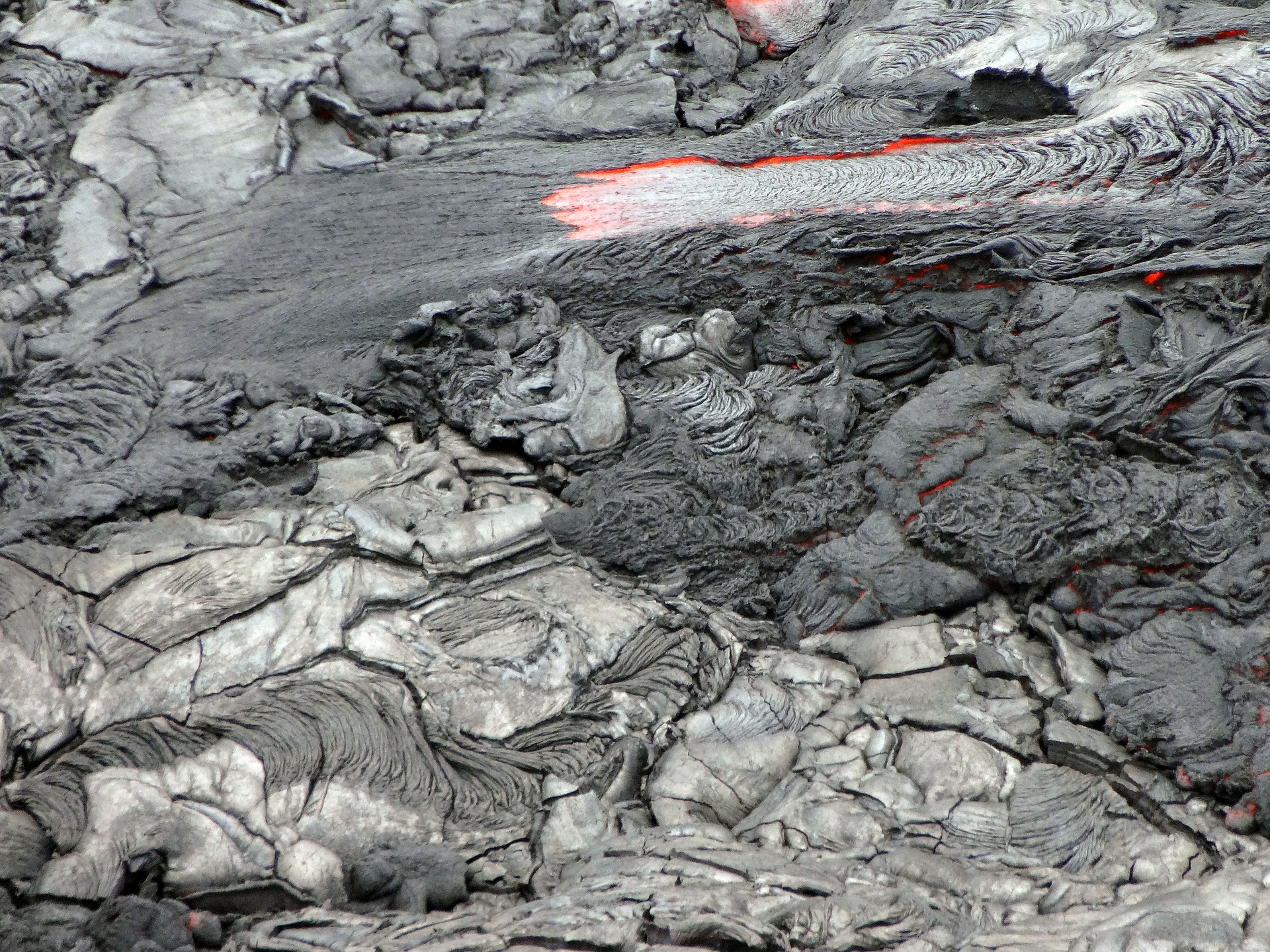
Basalt
- Origin :
Inorganic synthétic, It is produced by melting volcanic rocks and crushing them to extract the fibers.
- Implementation :
The volcanic rock is propelled and melted in spinnerets. It is reinforced with a polymer.
- Location :
Russia, Czech Republic, Spain, Germany.
- Filaments :
Continuous filaments from 9 to 24 µm in diameter.
- Use :
Space, automotive, composites, nonwovens, building, transport, nautic.
- Features :Fireproof, ageing resistant, heat resistant, antiUV, hydrophobic, resistance to chemical agents, light, thermal insulation, acoustic insulation, electrical insulation, rot-proof, sterile, anti-abrasion
- Weaknesses :
Complex implementation process.
